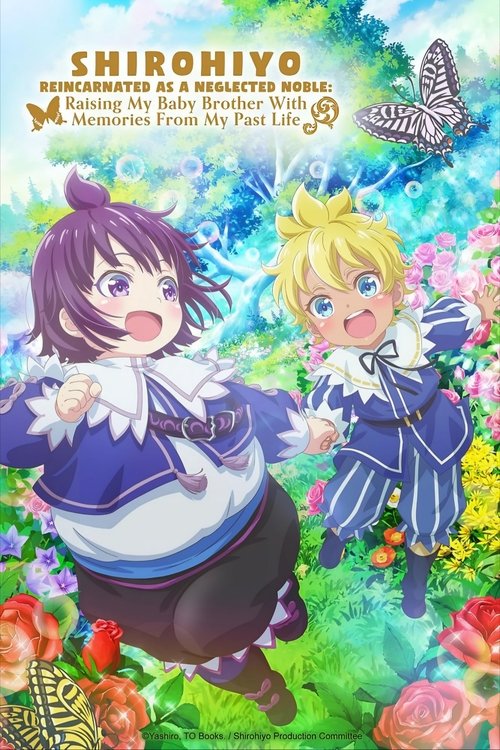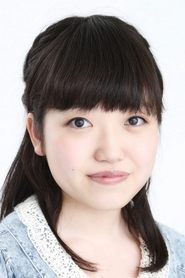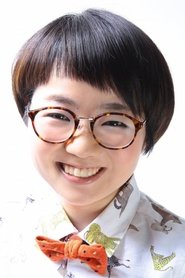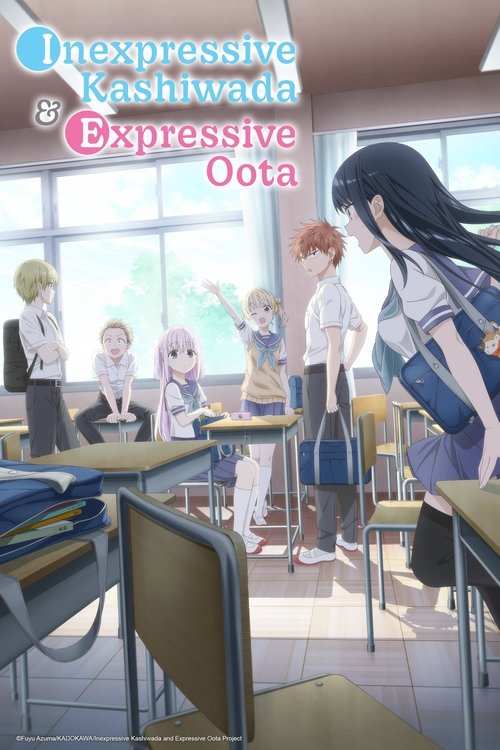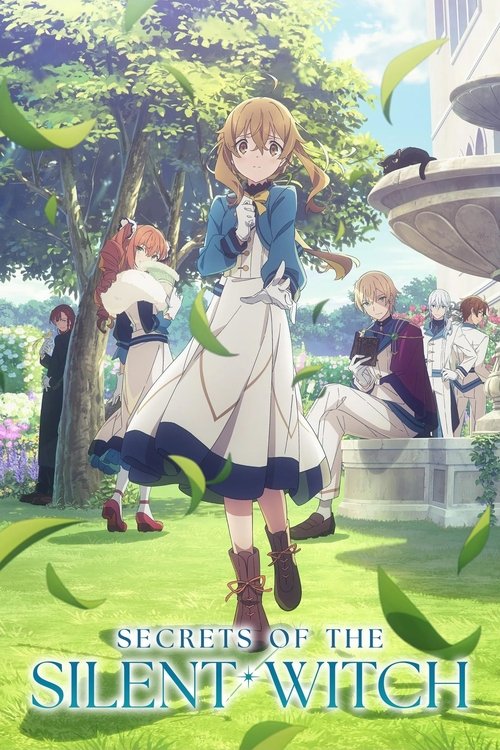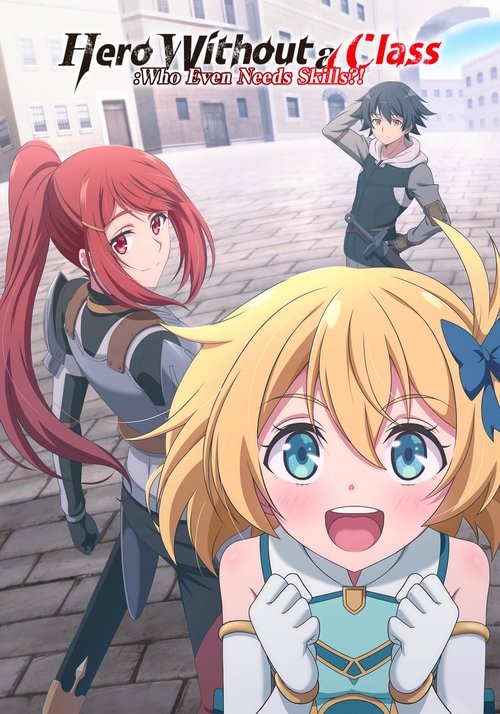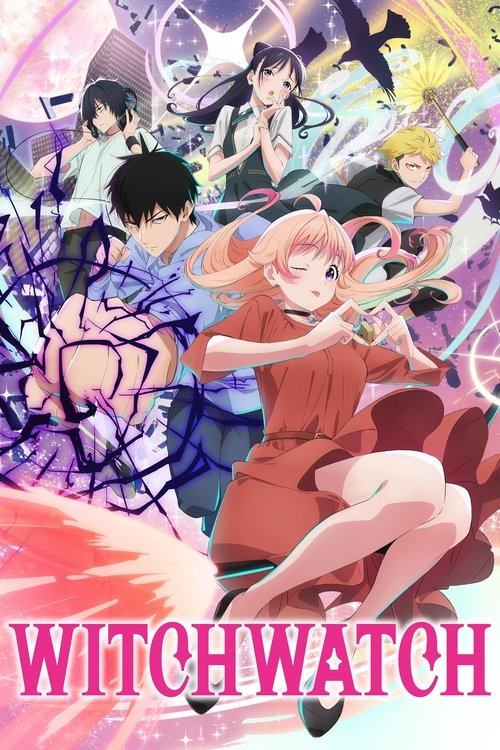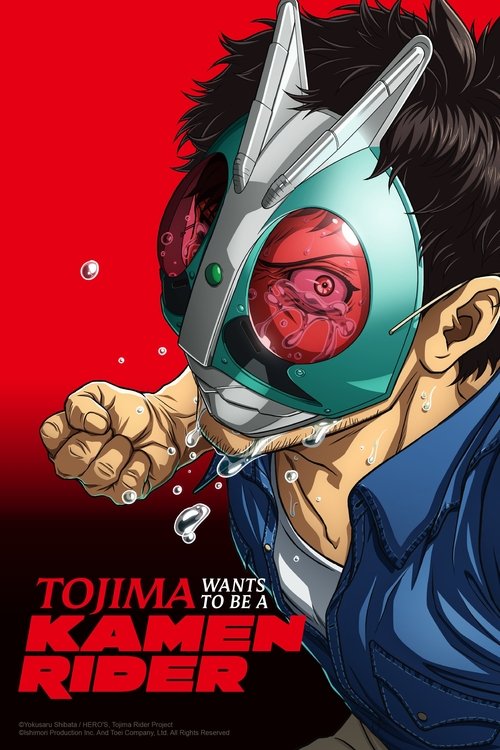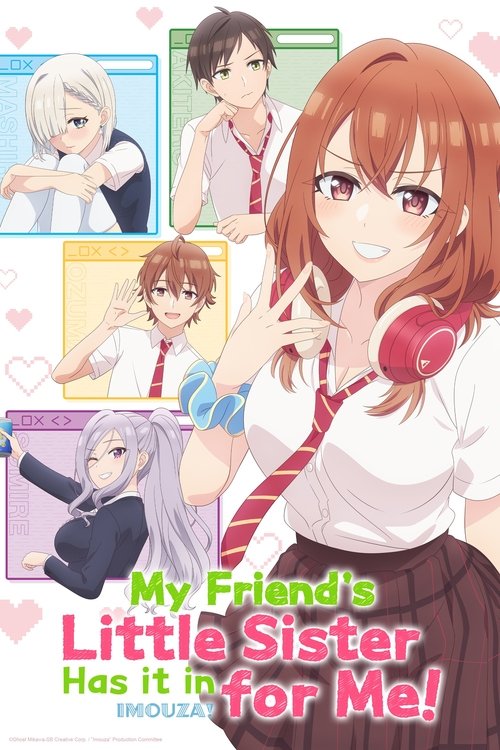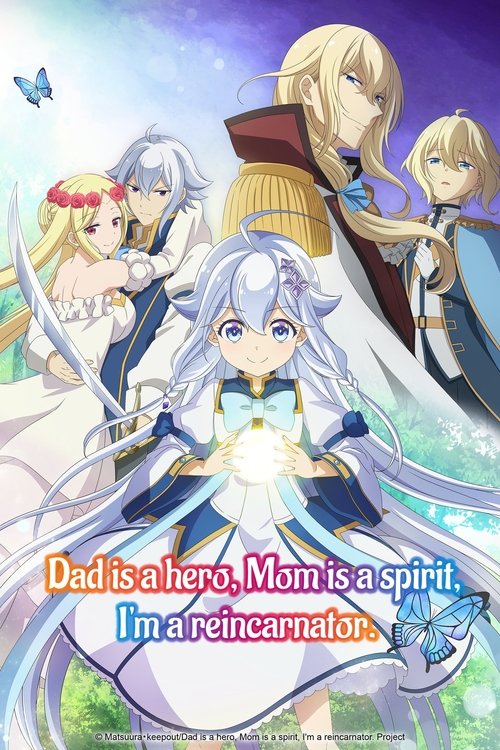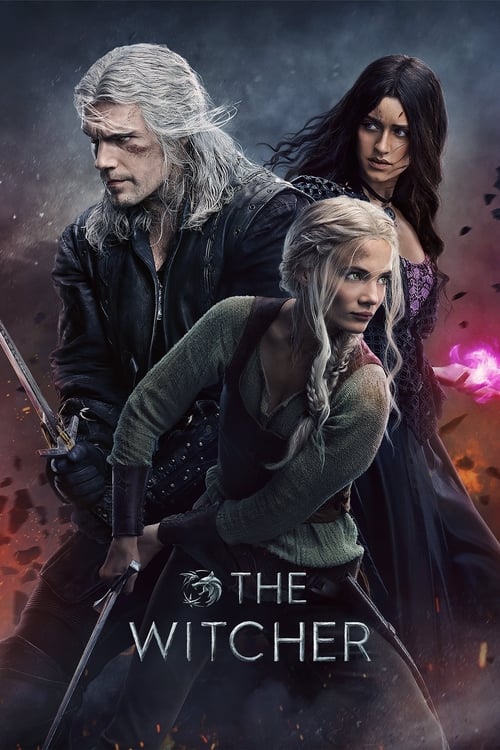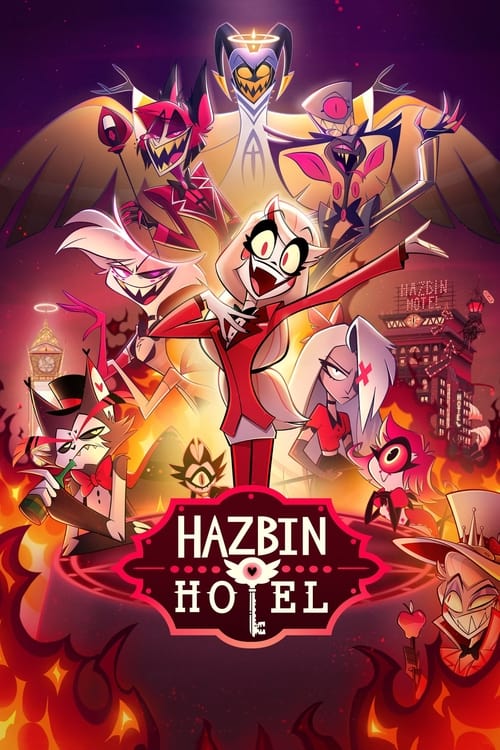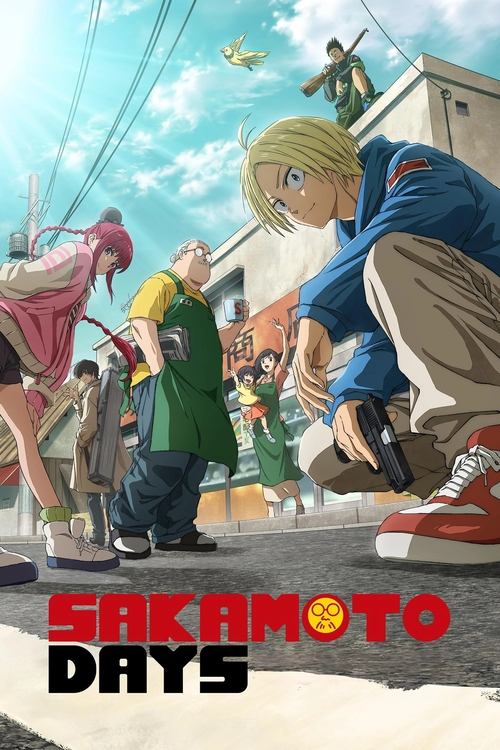
Ask Your Own Question
What is the plot?
Ageha Kikunoi, a five-year-old overweight boy and eldest son of Count Kikunoi in the declining Kiou Empire, awakens with memories from his past life as a middle-aged Japanese man. He quickly learns that his family is corrupt and that his half-brother Regulus is destined to kill him to claim the family title. Accepting this grim future, Ageha resolves to raise Regulus himself to protect him and possibly change their fate.
Ageha meets Regulus for the first time and immediately feels a protective bond. Despite their family's neglect and cruelty, Ageha decides to create a nurturing environment for Regulus. He makes special items for Regulus that remind him of Ageha's past life in Japan, such as origami and Japanese cuisine, including convincing the family chef Maurice to prepare chawanmushi, a savory egg dish. This effort is part of Ageha's plan to give Regulus a better childhood than either of them had before.
Ageha confronts the harsh reality of his family's oppression of commoners, noting that most cannot read or do basic arithmetic. He decides to introduce education to the region, starting by creating picture books himself to teach Regulus. This secret plan is motivated by Ageha's knowledge that Regulus will eventually take over the family; he wants the territory to have an educated and skilled population to improve their future prospects.
Ageha introduces Regulus to Princess Hyakka, the goddess of healing and blessings, who takes an interest in Ageha's origami. Hyakka commissions Ageha to craft superior paper worthy of a goddess. The paper is revealed to be made by Igor, the God of Innovation, using woodblock printing. Ageha realizes that if he can persuade Igor to invent letterpress printing, it could enable mass production of books, supporting his educational goals. Hyakka promises to pass this idea to Igor, hoping it will also allow her to see operas and support mass education.
Ageha's efforts to improve their lives cause him to suffer stress-induced fever attacks, reflecting the heavy burden he carries. Despite this, he continues to push forward with his plans, including trips to the town and capital where he meets musicians and attends performances, broadening his cultural horizons and seeking ways to enrich their lives.
Ageha's family expresses concern over his well-being, urging him to enjoy his childhood more, but Ageha remains focused on protecting Regulus and changing their family's fate. He negotiates with their parents and their elven tutor Aleksei Romanov to keep Regulus by his side, successfully creating a small family unit where Regulus is safe and loved.
Ageha's memories from his past life, including his social nature and love of sewing and cooking, help him form friendships and bring new ideas to the empire. He introduces concepts such as letterpress printing, origami, opera, musicals, and picture books, not for personal gain but to enrich the culture and education of the people around him.
Throughout the season, Ageha faces threats from within the family, including an attempt by their mother's servant, a sinister butler named Sebastian, to kill Regulus by pushing him down the stairs. Ageha intervenes and saves Regulus, deepening their bond and solidifying Ageha's resolve to protect his brother at all costs.
By the end of Season 1, Ageha has laid the groundwork for a plan to bring prosperity to the Kikunoi lands through education, innovation, and cultural enrichment, all while navigating the dangerous politics and family betrayals of the Kiou Empire. His determination to raise Regulus and change their doomed fate remains the driving force behind every decision he makes.
Related Titles
Browse All Titles →
What is the ending?
The ending of SHIROHIYO - Reincarnated as a Neglected Noble: Raising My Baby Brother with Memories from My Past Life, Season 1, shows Ageha continuing his efforts to protect and nurture his younger brother Regulus amid the deepening corruption and challenges within the Kikunoi family and aristocracy. Ageha's dedication to changing Regulus's future and improving their lives remains unresolved but hopeful, with Ageha maintaining his bond with Regulus and using his past life memories, magic, and alliances to navigate their difficult world.
Expanded narrative of the ending, scene by scene:
The final episodes of Season 1 focus on Ageha's ongoing struggle to balance his responsibilities within the Kikunoi household and his mission to raise Regulus differently from the tragic fate he remembers from his past life. The story opens with Ageha reflecting on the heavy burdens he carries, including the political and familial tensions that threaten their safety and well-being.
In one scene, Ageha prepares a simple meal--chawan-mushi--and makes origami for Regulus, symbolizing his desire to provide care and normalcy despite the chaos around them. This quiet moment contrasts with the larger conflicts, highlighting Ageha's gentle, nurturing side.
As the episodes progress, Ageha faces increasing pressure from the corrupt aristocracy and the internal struggles of the Kikunoi family. He is overworked, trying to arrange relationships and alliances to protect Regulus and himself. Despite these challenges, Ageha's memories from his past life give him unique insight and skills, which he uses to influence events subtly.
A key scene shows Ageha meeting the goddess Hyakka, who becomes an important ally. Their friendship and the blessings from gods and elves provide Ageha with magical support and hope for changing their fate.
Regulus, the baby brother, is shown learning swordplay, which worries Ageha because in his past life Regulus grew up to be a dangerous swordsman. Ageha's love and care for Regulus are evident as he tries to steer him away from that path, but the risk remains. Regulus's reaction to Ageha's weight loss--freaking out--underscores the emotional bond between them and Ageha's fragile health.
The season ends without a definitive resolution to the main conflict. Ageha's efforts to change Regulus's future and the fate of the Kikunoi family are ongoing. Ageha remains determined, supported by his friends and magical allies, but the threat of corruption and tragedy looms.
Fates of main characters at the end of Season 1:
-
Ageha Kikunoi: Continues to struggle with his health and the heavy responsibilities of protecting Regulus and managing family affairs. He remains hopeful and determined, using his past life memories and magical allies to navigate challenges.
-
Regulus Kikunoi: Still a young child, adored by Ageha but learning swordplay, which poses a potential risk for his future. His fate remains uncertain but is central to Ageha's mission.
-
Hyakka (the goddess): A key ally who supports Ageha with blessings and friendship, symbolizing hope and magical aid.
-
The Kikunoi family and aristocracy: Their corruption and internal conflicts remain a significant threat, unresolved by the season's end.
The ending emphasizes Ageha's devotion to family, the struggle against inherited corruption, and the hope that love, memories, and magic can change a seemingly doomed fate. The story closes on a note of cautious optimism, with many challenges still ahead.
Is there a post-credit scene?
The TV show "SHIROHIYO - Reincarnated as a Neglected Noble: Raising My Baby Brother with Memories from My Past Life," Season 1 (2025), does not have any publicly documented post-credit scene. Available sources, including streaming platforms and episode guides, do not mention or describe any post-credit scenes for this series.
The search results provide no indication or detailed description of a post-credit scene for this show, unlike some other anime titles where such scenes are common and well-documented. Therefore, it is reasonable to conclude that Season 1 of SHIROHIYO does not include a post-credit scene.
What specific skills and powers does Ageha use to improve life in his family's domain?
Ageha uses skills called the Green and Blue Hand, which are knowledge and abilities from his past life, to help both cement friendships and improve life in his family's domain. He earns any new powers by pleasing the goddess Hyakka, rather than receiving them randomly, reflecting a traditional fairy tale style of power acquisition.
How does Ageha's physical appearance, particularly his weight, affect his relationships and the story?
Ageha is reincarnated as a plus-size noble, and his weight loss during the series is significant both visually and narratively. His younger brother Regulus reacts strongly to Ageha's changing appearance, highlighting the emotional bond and the importance of Ageha maintaining Regulus's love to prevent a dark future. The show struggles with visually representing Ageha's size well, which has been noted as a detracting factor.
What is the nature of the relationship between Ageha and his younger brother Regulus?
Ageha is devoted to raising Regulus to prevent him from becoming a murderous swordsman in the future. Regulus adores Ageha and is learning swordplay, which poses a risk. Their relationship is central to the plot, with Ageha's care and influence aimed at changing Regulus's potentially dark destiny.
Who is the goddess Hyakka and what role does she play in Ageha's journey?
The goddess Hyakka is a divine figure whom Ageha must please to earn powers. She is involved in Ageha's efforts to improve his family's domain and is part of the spiritual and magical framework of the story, influencing Ageha's growth and the unfolding events.
Is there another character with memories from a past life similar to Ageha's, and how does this affect the story?
Yes, it is revealed that there is another isekai'd soul close by, which adds complexity to the story. This information is dropped by a character named Igor and suggests that Ageha is not alone in his situation, potentially introducing new dynamics and challenges in the plot.
Is this family friendly?
The TV show SHIROHIYO - Reincarnated as a Neglected Noble: Raising My Baby Brother with Memories from My Past Life, Season 1 (2025), is generally considered family-friendly and suitable for children and sensitive viewers, with a recommended age rating around 12+. It is a light, heartwarming isekai series focusing on family bonds, life lessons, and gentle slice-of-life storytelling.
Potentially objectionable or upsetting aspects are minimal and mild, including:
- Some scenes may involve mild aristocratic family conflict or social issues like corruption, but these are portrayed in a non-violent, non-graphic manner.
- The show avoids darker isekai genre pitfalls such as slavery or inappropriate adult-child relationships.
- There may be occasional moments of mild stress or emotional tension related to family struggles, but nothing intense or graphic.
- The pacing is slow and gentle, with no complicated or heavy scenarios, making it suitable for younger viewers and those sensitive to intense drama.
Overall, the series is light, with positive messages and no significant content likely to upset children or sensitive audiences.

